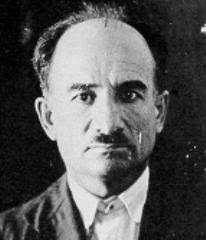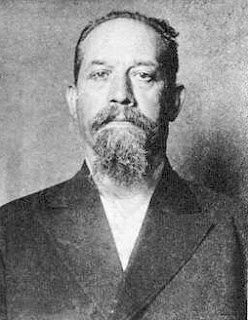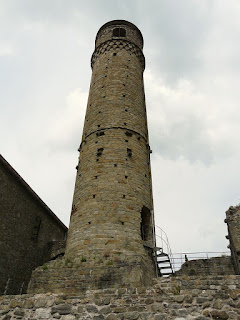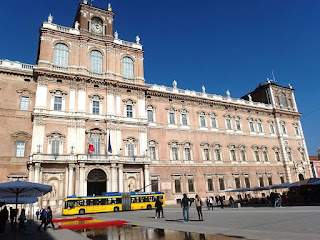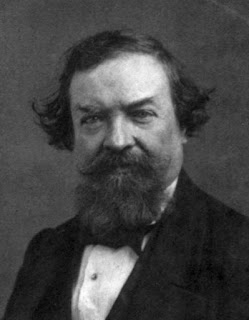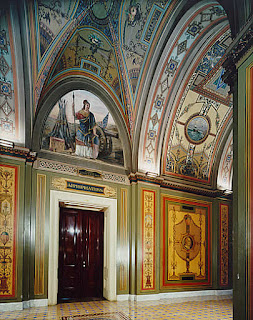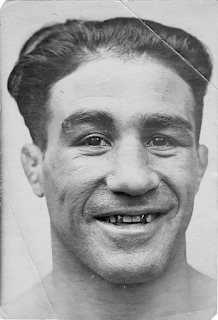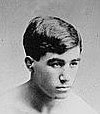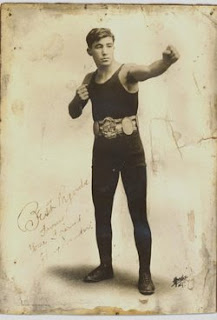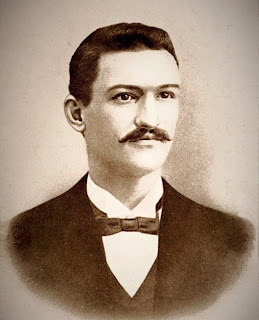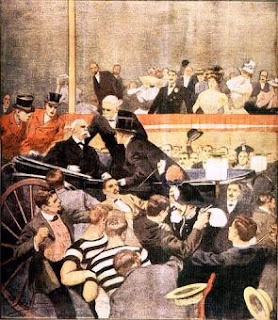'War hero'-turned-lawman hid his family identity
.jpg) |
| When Vincenzo Capone became a town marshal in Nebraska, he called himself Richard James Hart |
While Al drifted into crime as a teenager, Vincenzo wanted a different life. After running away to join a circus, he changed his name and invented a new background to conceal his true identity. He acquired a reputation as a war hero before forging a career in law enforcement, notably pitting himself against the criminal gangs of his brother’s world as an agent for the Bureau of Prohibition.
The first in a family of nine children, Vincenzo had just one sibling, his brother Ralph, when his father, Gabriele, a barber, and his mother, Teresa, emigrated to the United States in 1895. His father continued to work as a hairdresser, while Teresa’s skills as a seamstress enabled her to find a job. They settled in Brooklyn.
Over the years that followed, the family grew and Vincenzo and Ralph were joined by Frank, Alphonse, Ermina, John, Albert, Matthew and Mafalda. Sadly, Ermina did not survive her infancy.
As they grew up, most of his younger brothers became involved with petty crime. By contrast, Vincenzo, who had already adopted James as his “American” first name and would often take the ferry to Staten Island, where the fields and woods offered an escape from the overcrowded streets of the city.
.png) |
| As a lawman, Capone modelled himself on William "Two Gun" Hart |
It may have been his fascination with the wild west that led to his decision at the age of 16 to run away from home. It has been speculated that Alphonse, who was eight at the time, wanted to go with him but that Vincenzo told him to go home. The family knew nothing about where he had gone until a letter arrived from Vincenzo a year later, saying he was in Kansas, travelling with a circus.
The author Jeff McArthur, who wrote a book about Vincenzo, says that he joined the Miller Brothers Ranch Wild West Show and called himself James Hart, which is thought to have reflected his admiration for the silent movie actor William S Hart, who often starred in Westerns. He worked to shed his Brooklyn accent and explained away his swarthy southern Italian skin colour by claiming he was half American Indian.
His determination to adopt a new identity was confirmed when he joined the military under the name Richard James Hart, insisting he was born in Indiana and had worked as a farmer.
Accounts vary of his time in service. Some say that he fought in France in World War One, achieved the rank of lieutenant, was made a military policeman and was awarded a Distinguished Service Cross for ‘extraordinary heroism in action’. However, another story says that he joined the veterans organisation the American Legion after the war was over but was later expelled when it was found that the Department of the Army had no record of any war service.
 |
| Al Capone - Vincenzo's younger brother - was head of the Chicago crime syndicate |
He was among the more eccentric agents. Mimicking the persona of his hero, William S Hart, he wore leather cowboy boots with spurs and a 10-gallon hat, carried two pearl-handled pistols and rode around on a horse, even though he owned a car. After a series of successful raids against bootleggers, he gained the nickname of "Two-Gun" Hart - the same moniker the silent movie business bestowed upon his idol. It was somewhat ironic that, at the time Vincenzo was locking up bootleggers under his new identity, Al Capone’s control of the illegal booze market in Chicago was a major part of his crime empire.
As Hart, Vincenzo joined the Bureau of Indian Affairs, where he was charged with investigating criminal activity on Indian reservations. He built further on his larger-than-life reputation and arrested at least 20 murderers in addition to smashing a number of moonshine liquor operations, although he was himself convicted of manslaughter after killing a man he claimed was refusing to surrender.
It did not stop him continuing to serve as a town marshal and a justice of the peace but when the Great Depression arrived in the 1930s his life began to unravel. Caught shoplifting from a grocery store, he was dismissed from both positions. Soon, struggling to support his family, he contacted his brother Ralph - a key member of the Capone crime family - asking for financial help. He even attended a reunion at Ralph’s house when Al Capone was released from prison on parole in 1939, eight years into his jail sentence for tax evasion.
In 1951, Ralph himself was tried for tax evasion in 1951. It transpired that he had been laundering money through Hart since 1941 and when Hart testified during his trial, he did so as James Vincenzo Capone.
Hart was subpoenaed to appear before a grand jury in Chicago, on a date set in 1952. By this time, he was suffering from diabetes and could only walk with a stick. Shortly after testifying he died of a heart attack at the age of 60.
.jpg) |
| The Castello Doria in Angri, once ruled by the powerful Doria family from Genova |
Vincenzo Capone’s hometown of Angri, which is also the birthplace of the mobster Frank Nitti, who worked for Al Capone, is situated where the urban sprawl that fans out around Vesuvius meets the Lattari mountains at the beginning of the Sorrentine Peninsula. It is rich in history. The scene of the battle that marked the victory of the Eastern Roman Empire over the Goths in 552, it became an important town under Bourbon rule and in the Kingdom of the Two Sicilies in the 19th century. The Castello Doria, notable for its two concentric towers, is an example of the town’s rich architectural heritage, dating back to the period between the 17th and 18th centuries in which Angri was controlled by the Doria family of Genova.
Hotels in Angri by Booking.com
 |
| Palm trees line the waterfront at Salerno, a city often overlooked by visitors to Campania |
Salerno, situated some 25km (16 miles) from Angri, has a population of about 133,000. It is a city with a reputation as an industrial port and is often overlooked by visitors to Campania, who tend to flock to Naples, Sorrento, the Amalfi coast and the Cilento. Yet it has an attractive waterfront and a quaint old town, at the heart of which is the Duomo, originally built in the 11th century, which houses in its crypt the tomb of one of the twelve apostles of Christ, Saint Matthew the Evangelist. It is also a good base for excursions both to the Amalfi coast, just a few kilometres to the north, and the Cilento, which can be found at the southern end of the Gulf of Salerno. Hotels are also cheaper than at the more fashionable resorts.
Also on this day:
1472: The birth of Renaissance painter Fra Bartolommeo
1918: The birth of operatic baritone Anselmo Colzani
1925: The birth of film producer Alberto Grimaldi





